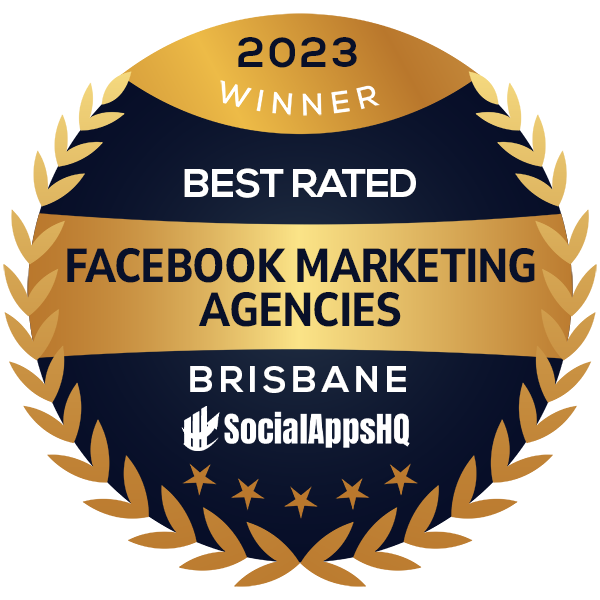In essence, there are only three ways to increase your sales:
- Increase the number of customers
- Increase your customers’ purchase frequency, and
- Increase your average transaction value
However, there are a number of not so obvious ways to grow your business and increase profitability. Here are four ideas to help you scale without putting the focus on sales. Ready? Then let’s dive in!
1. Automate processes to increase efficiency and reduce cost
Today, there are thousands of tools out there to help you automate repetitive business processes. Simply automating a few things can help you significantly reduce wages and free up valuable time. When looking for ways to grow our business, we often overlook areas that don’t directly contribute to your profit. Here are a few things you can automate quickly and easily that could put money back in your pocket.
- Social Media Posts
- Invoicing
- Email Marketing
- Online Advertising
- Lead Generation
- Sales Processes & Follow Up
- Internal Task Management
- Review Management
Tools like Zapier and Make can help you connect various services and software platforms to make processes even more efficient.
Some examples:
- When you have a new lead -> automatically add a contact to a list in your email marketing software -> then send a follow-up sequence until they take the desired action
- After a customer makes a purchase for the second time -> send them an invitation to write a Google review
- When a purchase is made on your website -> automatically raise an invoice in Xero to match with the imported trasnaction
These are just some basic examples, but the possibilities are endless, and so is the time you will safe by automating these tasks!
2. Launch a re-targeting ad campaign
Many business owners already use ads to attract new customers and generate new business. However, if you only run direct ads, you are missing out on a huge chunk of potential customers by ignoring this simple strategy. Re-targeting ads are a powerful tool that allows you to show specific ads to people who have already interacted with your content in the past, adding continuity to your customer experience and significantly increasing the chances of turning them into customers.
Se if you can offer them something of value in relation to certain pages or blog posts they have visited on your website.
Example: A yoga studio might show a re-targeting ad for a free yoga pass to people in their area who have read blog posts on the benefits of yoga on their website. When people see the ad, they can enter their email address to claim the free yoga pass and automatically be subscribed to an evergreen campaign. (See next point)
3. Stop focusing on once-off promos and develop an “evergreen” marketing strategy instead
The majority of business owners think of marketing and promotions in terms of once-off activities. It might look something like this:
- January -> Promotion #1
- February -> Promotion #2
- March -> Promotion #3
While this might work well, it also requires you to constantly come up with new promotions, which can be exhausting and feel like you’re never quite catching up.
Instead, focus on implementing an evergreen marketing strategy that sends new leads or customers a series of pre-designed offers from the moment they join your list. Then keep adding new offers to that sequence. Over time, this strategy allows you to develop a marketing machine that continuously produces sales without ever having to worry about what your next promotion is going to be. You just need to make sure that offers in that sequence are timeless and not seasonal.
All you need is a good email automation tool, like Mailchimp or ActiveCampaign, and there are many more options available.
4. Make Partnerships evergreen, too
Partnerships and joint ventures with other businesses that complement yours is a powerful strategy. You might have already partnered with another business in the past to run a one-off campaign promoting your products or services. Maybe you’ve asked the other business to hand out vouchers to all their customers.
See if you can turn this strategy into an evergreen campaign, too, like in the previous example. Look for businesses that already have an evergreen funnel and see if they are happy to plug your offer right into it, while you can do the same for them.
Example: One of my clients owns a massage clinic, while another owned a yoga studio. I got both of them to add an email to their existing evergreen sequences promoting the other business. Now, everyone who receives a massage at the massage clinic also receives a complimentary gift card for a yoga class, while everyone who joins the yoga studio receives a voucher for a massage a a few weeks later.
It’s a win-win and once implemented, this strategy will continue to work for years to come.
There you have it. Four (not so obvious) ways to grow your business. All four strategies are what I call “set and forget” strategies that you only have to set up once and will benefit from forever.
Have you automated any processes in your business? What marketing strategies have worked well for you? Let me know in the comments below!



